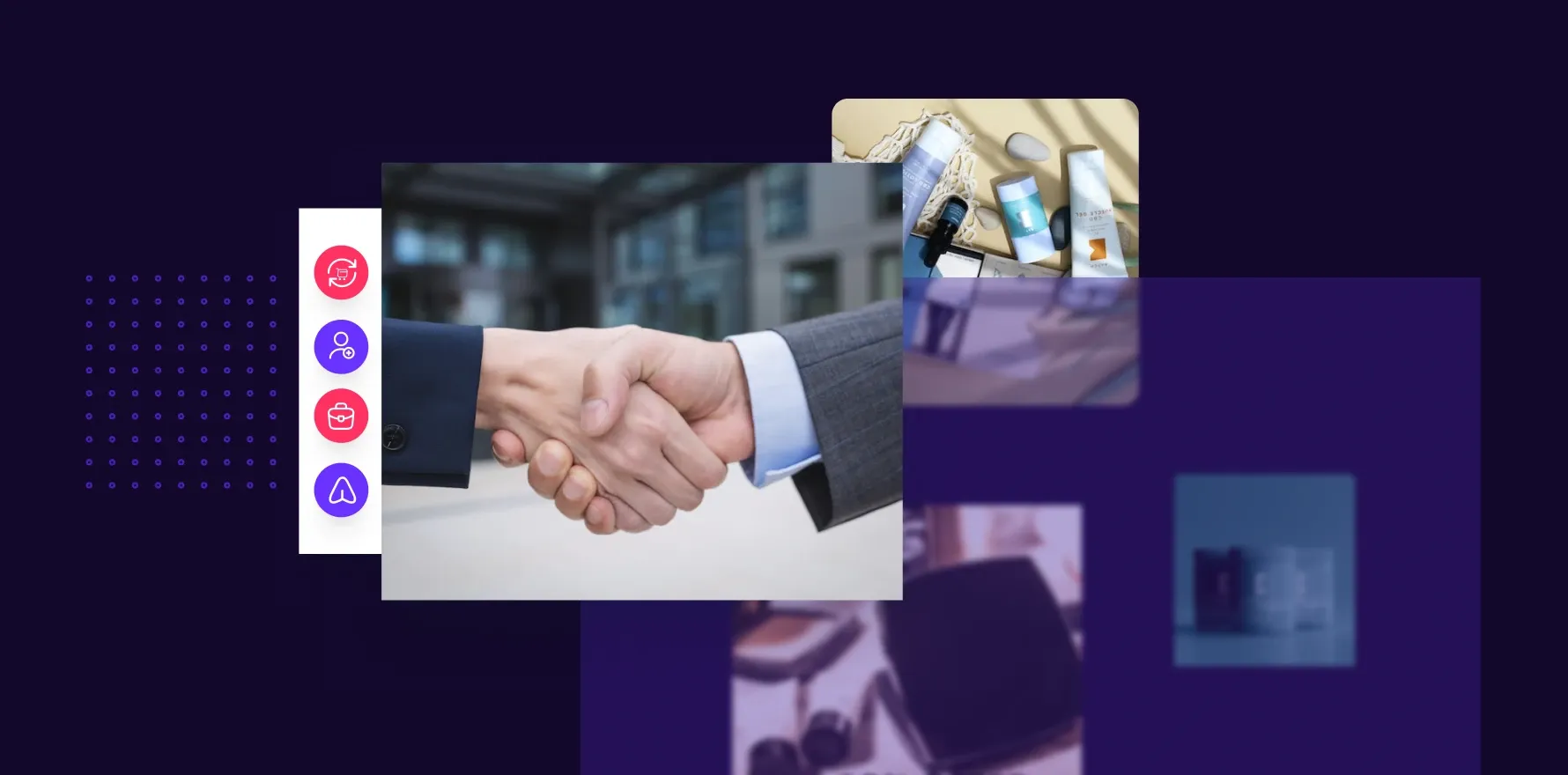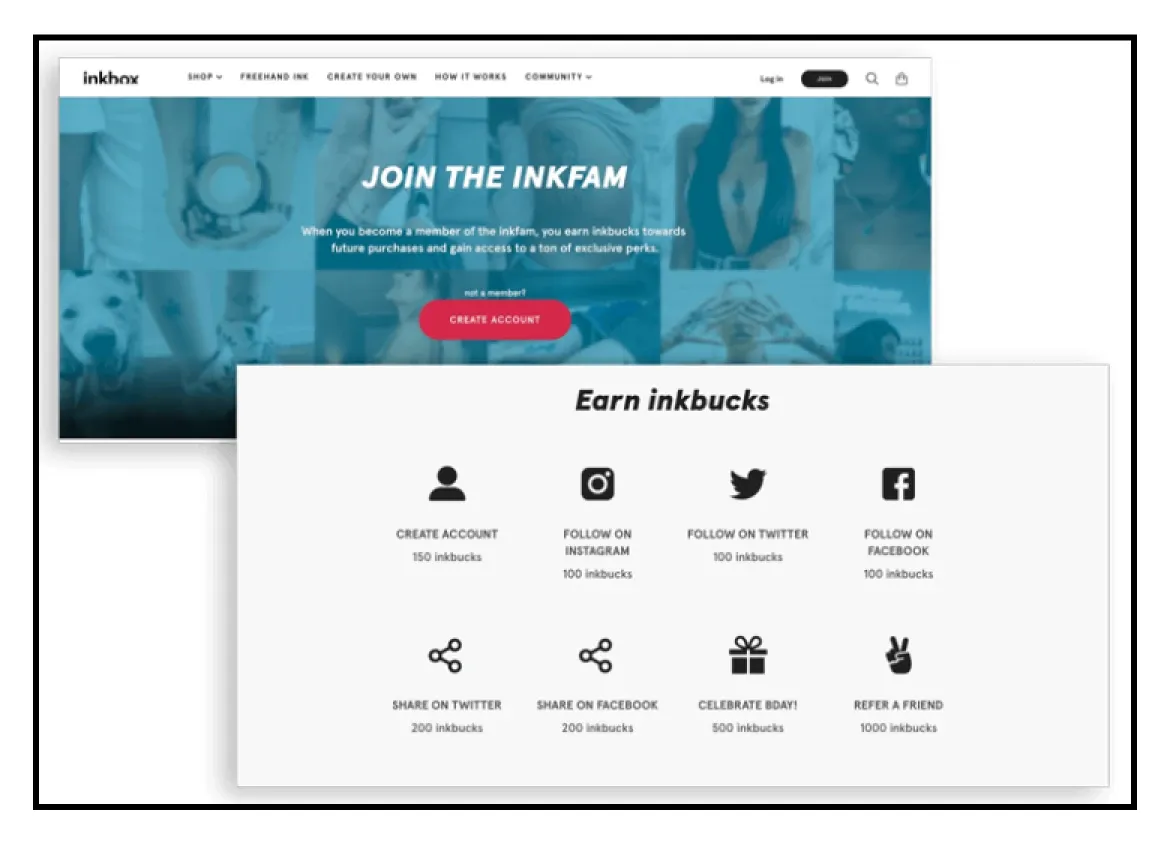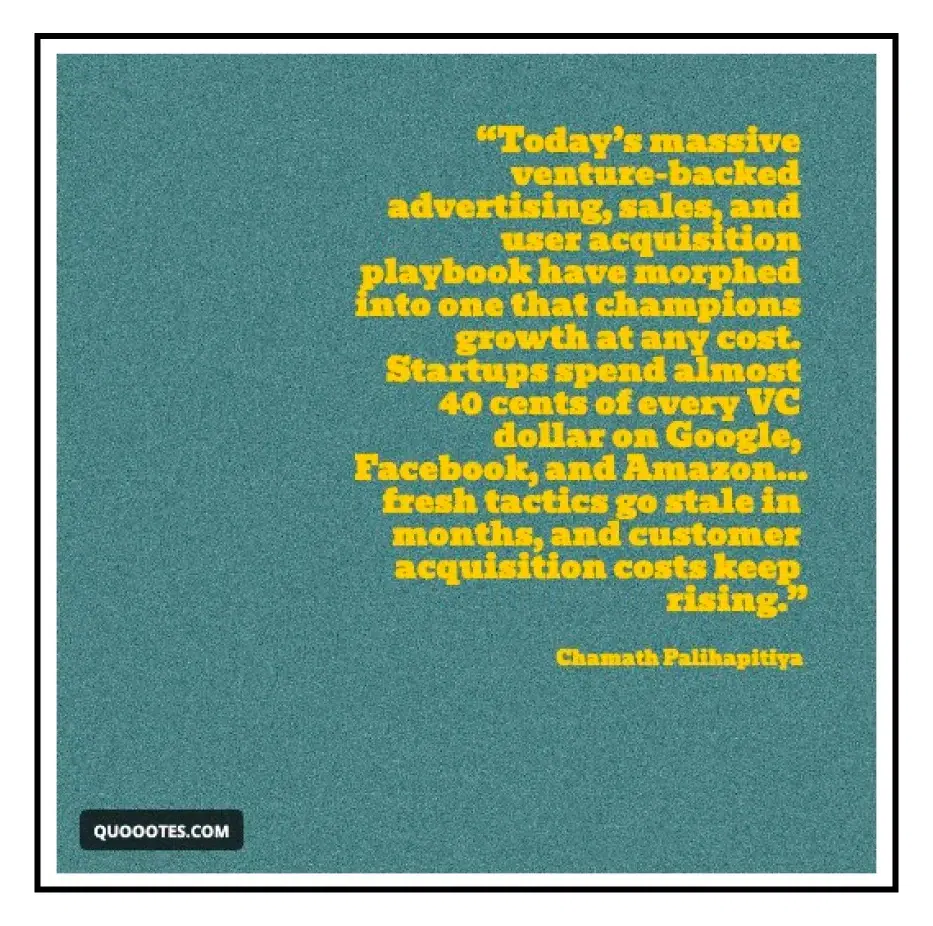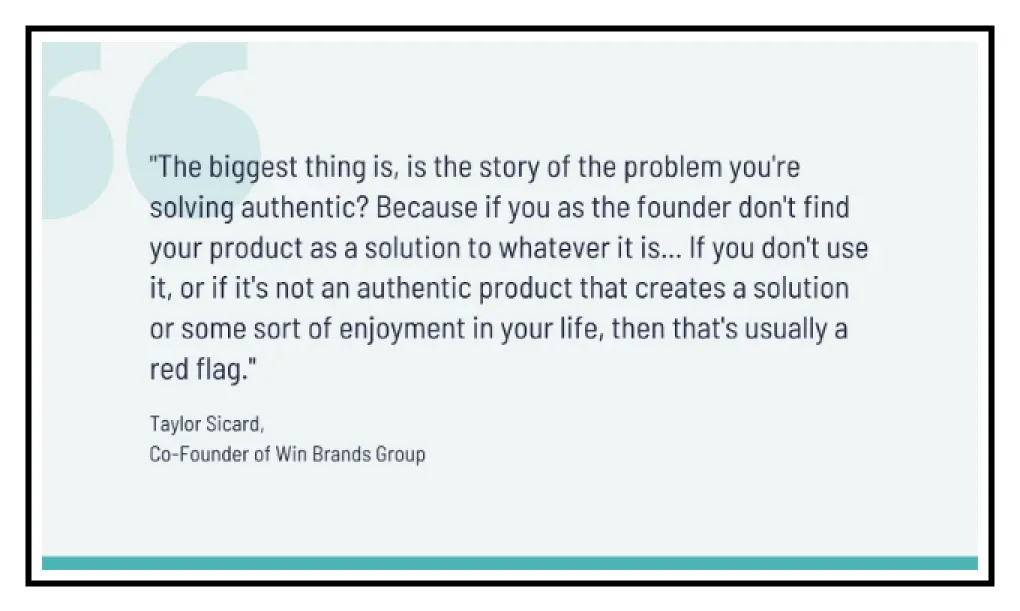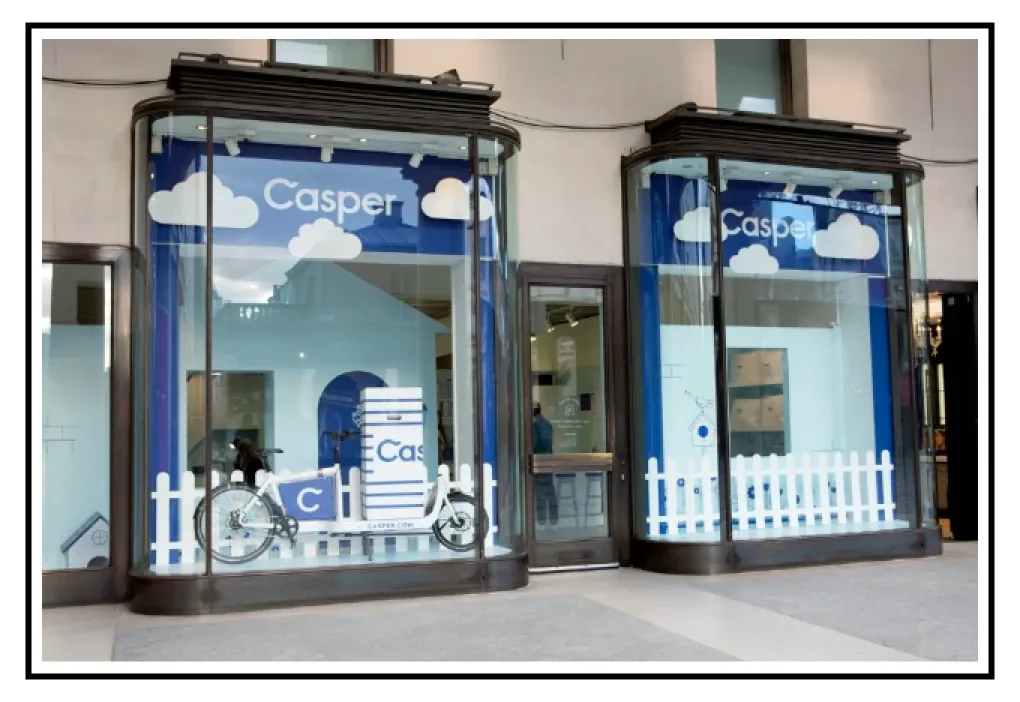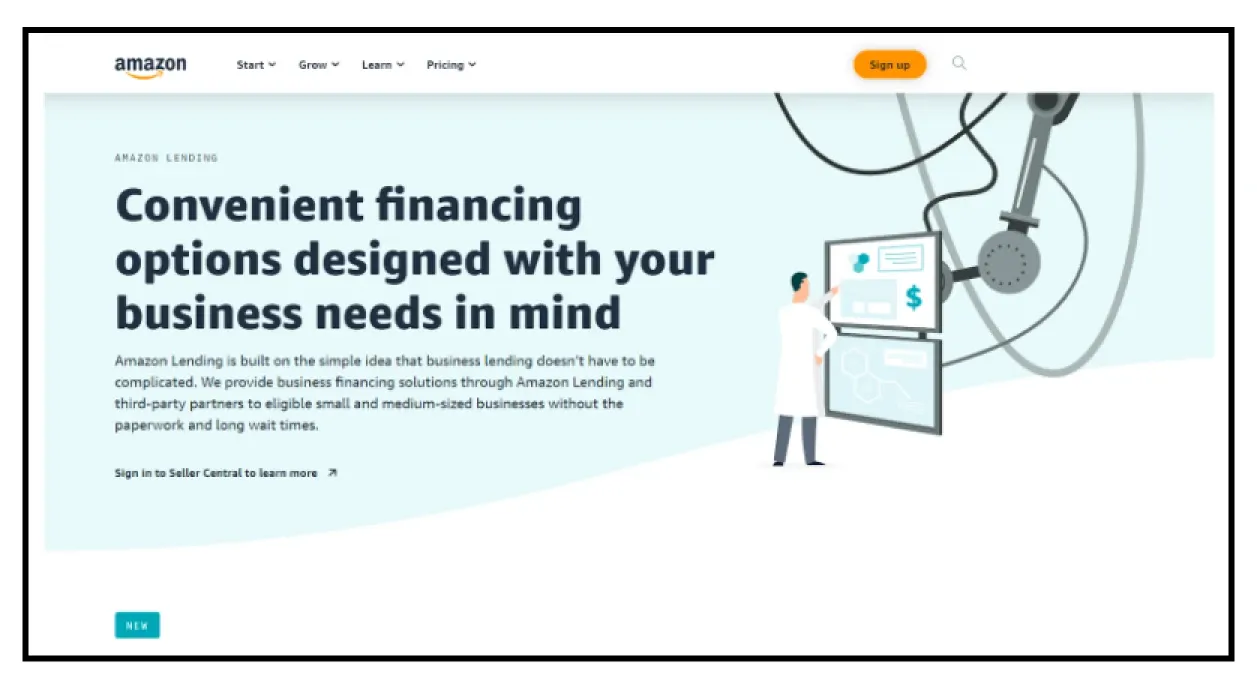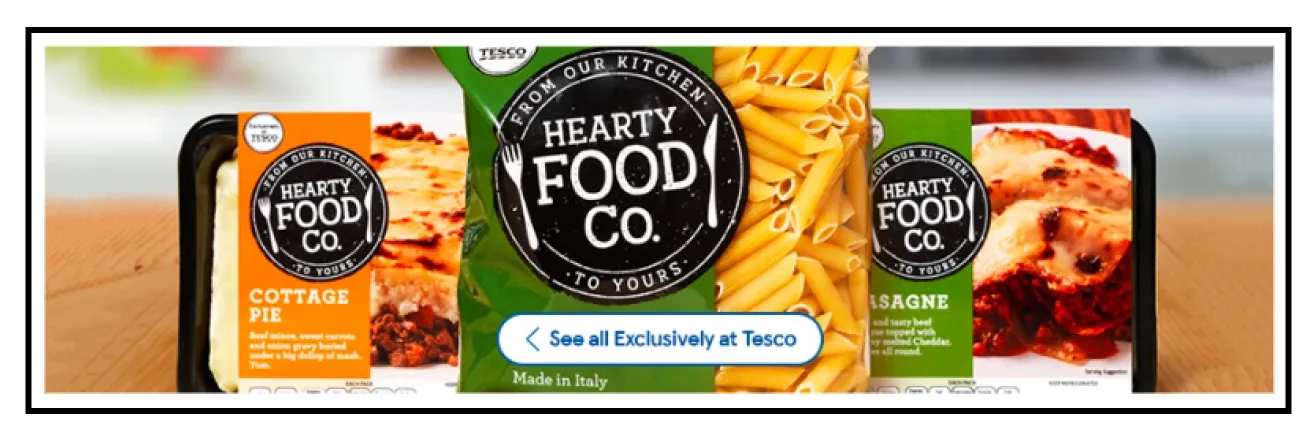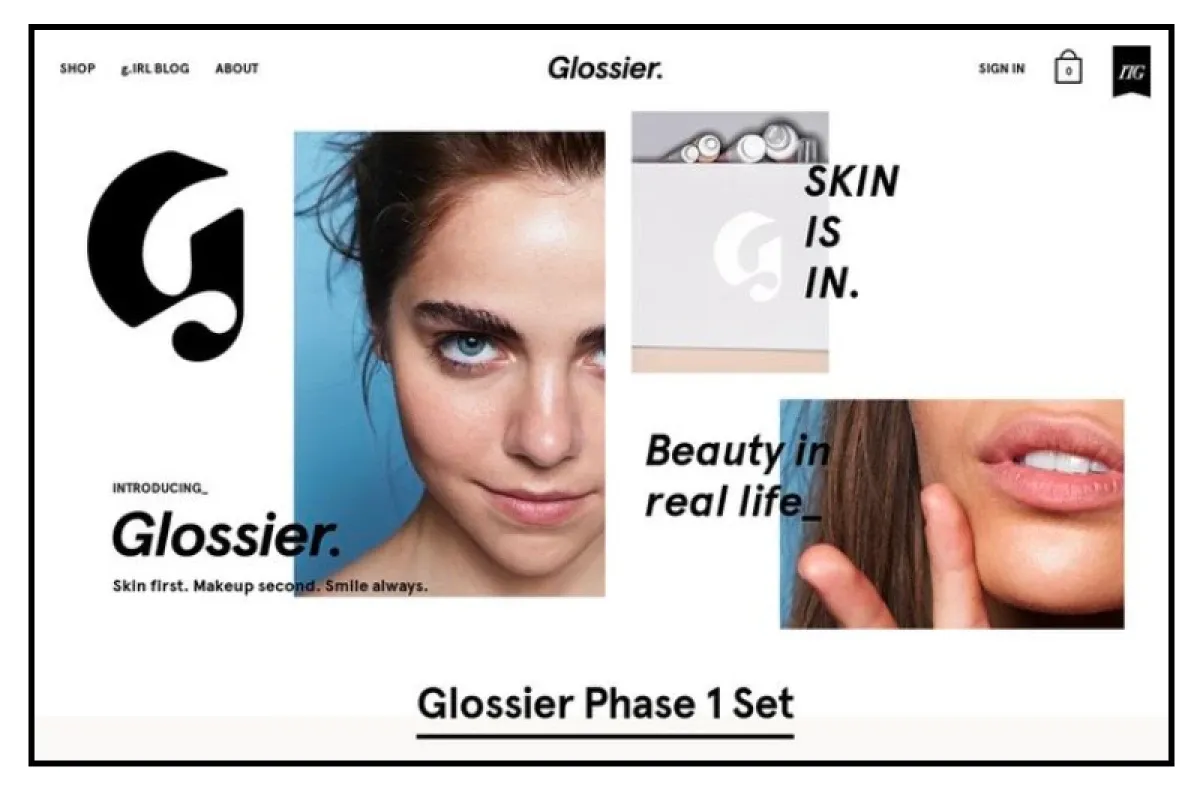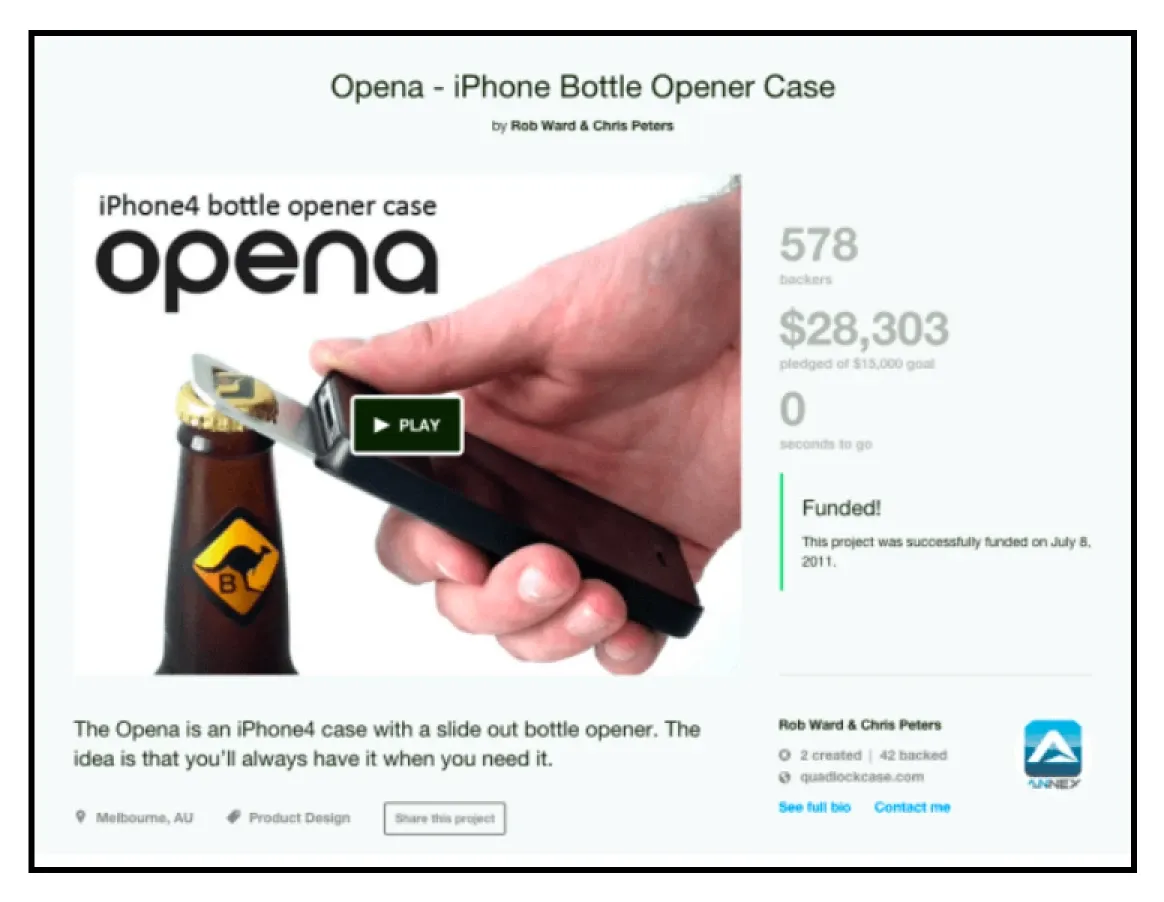The pandemic battering the globe for almost 2 years has changed the underlying paradigm and business landscape. Where previously, customers used to cherish the concept of viewing the products first in a brick-and-mortar store before making any purchasing decisions, now have been acclimated to purchasing online.
With the tectonic shift in consumer mindset, and with the pandemic as a catalyst, several DTC brands have chosen the growth momentum with VC funding. DTC sales in the US alone are estimated to reach $151.20 billion in 2022 with a staggering increase of 97.18% since 2019.
Though DTC venture capital is the current goldmine that everyone wants to cash in, there is certain diligence every DTC brand must do and cross off a few challenges to thrive exponentially to attract more investors.
Current DTC funding landscape
Over the last few years, there’s not been a single day where we haven’t heard of another DTC brand flaunting their new series of funding. 2021 was touted as the biggest VC funding year as US VC funding went as high as $329.6 billion, almost 2X the amount of 2020’s funding of $166.6 billion. With a total of 17,054 deals made in 2021, a massive chunk has been invested in Ecommerce/DTC brands space, reports Pitchbook.
Changing consumer mindset has also bolstered the growing demand for DTC brands as an increasing number of consumers prefer DTC brands over traditional and brick-and-mortar stores. According to Insider Intelligence, Ecommerce sales will increase from $38.22 billion in 2022 to $51.69 billion in 2024.
This momentum will only grow in the coming years. If the unique value proposition or the growth potential can be identified, VCs are ready to welcome them wholeheartedly and to take the brand to the next level providing all the support they require.
If you are a DTC business owner looking to raise funds, this article is for you.
Challenge 1: Low repeat purchase rate
One of the biggest nightmares for the DTC brands is retaining existing customers. As the customers are presented with multiple options to go with, the cost of acquisition of customers (CAC) goes up ballooning.
Multiple DTC brands are vying for the same target segment, it is paramount that you engage and retain your customers so they don’t shift to your competition and abandon you just after the first purchase.
The repeat purchase rate or customer retention rate is defined as the percentage of users who stick to your brand after making the first purchase. Amid this stiff competition, anything 20-40% repeat purchase rate is considered a good one though according to Shopify, the estimate stands for 27%. Anything below this is a potential concern for venture capitalists.
Solution
- Focusing on retention and referral part of AAARRR funnel. (Awareness, Acquisition, Activation, Retention, Referral, Revenue). If customer retention and referral are taken care of properly, repeat revenue recognition is inevitable.
- New and innovative customer retention strategies give them a reason to repeat the purchase.
- Create a strong community that can vouch for your brand and becomes your brand ambassador.
A great example of that would be Inkbox – an organization specializing in semi-permanent tattoos and accessories since 2015.
To keep their users loyal to the platform, they started with the rewards program Inkfam which rewards a repeat purchaser with percentage-based and dollar-based discounts and early access to new products. This created such a buzz in social media that they witnessed a 28% year-on-year increase in repeat purchases and this phenomenon created a community of 889,000 enthusiasts across the globe sharing the same passion for tattoos.
4-challenges-for-every-dtc-brand-low-repeat-purchase-rate
Challenge 2: CAC vs LTV
With the increased competition, growing customer fatigue, and massive scale-up on volumes, the customer acquisition cost has gone up significantly.
Lifetime value is defined as the average value a customer will generate over his lifespan. LTV/CAC ratio gives VCs accurate visibility on the future of a business.
Ideally, the ratio should be 3:1 where a company should derive 3 times the revenue from a customer compared to the amount spent to acquire him in the first place. Anything less than the 3:1 ratio gives a danger sign to the VCs.
As per a survey, 40% of the VC capital is invested in ad spending on Facebook, Google, Instagram, Amazon, and many more.
4-challenges-for-every-dtc-brand-cac-vs-ltv
4-challenges-for-every-dtc-brand-cac-vs-ltv-quote
Solution
- Focus on maintaining a healthy LTV/CAC ratio of 3:1. In case it goes less than that, spend less money on ad/ marketing.
- Look for ways to organically grow your brand, be it on social media or through SEO and content marketing.
- Build relationships with the customers so they become your brand promoters.
A great example would be Grove Collaborative where they have successfully and organically created the narrative of beyond plastic. Foraying into natural household and personal care products, it claims to be plastic-neutral as of now and aims to be completely plastic-free by 2025.
They found innovative ways to cut down the plastic usage and caught the attention of eco-friendly consumers such as restricting the minimum number of orders, using glass and aluminum for packaging, and using plant-based and organic ingredients for products. They have also been active in driving community awareness and organizing plastic clean-ups.
4-challenges-for-every-dtc-brand-cac-vs-ltv-solution
Another noteworthy example is Perfect Keto – a DTC brand specializing in healthy low-carb snacks and supplements that has created awareness through their famous podcast ‘Keto Answers’ which has garnered massive attention and has 1M+ downloads. Through their podcast, they have shown value addition and built rapport with potential and existing customers rather than spending a fortune on ad spending.
4-challenges-for-every-dtc-brand-cac-vs-ltv-perfect-keto
Challenge 3: No buzz even after the press coverage
For any DTC brand, initial publicity is crucial to grab the eyeballs and make an entry into the market. In the initial phase, if the customers aren’t aware of the brand or don’t feel engaged, it goes downhill from there despite any amount of revival effort.
Pre-launch, launch, and post-launch – all the events must be meticulously handled. DTC investors observe this as a brand positioning and PR exercise capability, so you better make a systematic and methodical approach.
Solution
- Pre-launch – Appropriate messaging alignment for the target audience, Brand identity, website, and targeted email marketing.
Ex: The Xion CyberX eBike generated over 23,000 emails for pre-launch and has nurtured them over time. This resulted in over $800,000 in sales when the campaign launched, reports Launchboom.
4-challenges-for-every-dtc-brand-no-buzz-even-after-the-press-coverage-xion-cyberx-ebike
- At launch – Social media giveaways, arrange contests, collaborate with the influencers, and get featured in relevant media.
Alcoholic drink Tatratea launched at The Nightclub Bar Convention 2011 in the US and in other countries, through open-air festivals. This unconventional launch tactic played really well for them to garner media attention.
4-challenegs-for-every-dtc-brand-no-buzz-even-after-the-press-coverage-tetratea
- Post-launch events – Curated events for niche sets of customers, strategic partnerships, and active participation in workshops.
Image Skincare reached out to 1,000 PopSugar’s Dabble beauty product community members for the new Vital C Anti-Aging Serum. Instantly it was a hit amongst the members as 96% agreed to recommend it to their friends. (Shopify)
One of the all-time favorite DTC brands that did a great job of product-launch is Allbirds. Even before selling its first product, the brand created an unprecedented buzz on social media that got them extensive publicity.
With a reasonable spend of $400,000 monthly on pre-launch, it successfully leveraged the social media platforms and reached out to the targeted high-end audience. In their consistent drive of message amplification, they pushed FOMO in customers’ minds to drive their sales numbers.
Challenge 4: Lack of experience in Ecommerce/DTC or growth marketing
The low barrier to entry makes DTC a bone and bane. While anyone can start a DTC brand today, founders who lack the fundamental clarity on how their products are different from competitors and how they would actually grow in the fiercely competitive market lag behind in growth.
In many cases, founders don’t have the suitable experience or the growth hacking skill sets to take their company to the next level. If you are wondering how to attract investors, this plays a critical role. A great deal of importance is given to how well-versed and experienced founders are to navigate through the initial hurdles.
If founders aren’t sure of the abilities of their products and lack marketable skills, that’s a big alarm for VCs.
4-challenges-for-every-dtc-brand-lack-of-experience-in-ecommerce
Solution
- Joining like-minded communities in the same industry.
- Learning from experts.
- Hiring a growth or Ecommerce marketing expert.
Casper is a great example of how growth marketing should be approached for DTC brands. They created a unique value offering by selling compressed mattresses within 100 days of the trial period in 2014. The brand boosted customer expectations with a data-driven marketing approach to build hype and curiosity and the result was magnanimous. In its first month of operation, Casper reached $1M in sales and reported about $600 million in revenue within 3 years of launch, and secured a deal with Target to stock their mattresses in more than 1,000 Target stores.
4-challenges-for-every-dtc-brand-lack-of-experience-in-ecommerce-casper
Now that you know the different pain-points you should address, let’s look at the different DTC funding options.
Funding options for DTC brands
Traditional VC-backed funding is now only an option out of many. Here are the 5 most popular funding options for your DTC brand:
1) Pipe
For companies with recurring revenues, Pipe offers fast and flexible financing. It provides a way for the companies to get their revenue upfront, by pairing them with investors on a marketplace that pays a discounted rate for the annual value of those contracts.
The goal of the platform is to offer companies with recurring revenue streams via Direct-to-Consumer subscriptions access to capital so they don’t dilute their ownership by accepting external capital or getting forced to take out loans. Through Pipe, companies can get access to capital right away and streamline their operations, invest in marketing or hire the right talents.
The trading limits currently range from $50,000 for SMBs to over $100 million for late-stage and publicly traded companies.
Pros:
- Non-dilutive capital can be raised
- Swift and fast processing
- Margins don’t get impacted
Cons:
- Relatively new in the DTC field so the trust factor is a concern
- Pairing up with the right investor can be tricky
MUDWTR – a coffee alternative brand leveraged Pipe’s recurrent capital infusion for marketing, operations, and expansion purposes. The founders wanted to get their hands on capital without any restrictive clauses or complications. They secured $18,000 at the beginning and later went on to raise $1.2 million through other investment funds.
2) Amazon lending
Amazon lending is an invite-only lending option available to small business owners selling on Amazon. Amazon prequalifies based on sales volume and other data metrics. Once qualified, Amazon invites businesses to secure funds ranging from $1,000 and $750,000 with payment terms of 12 months and interest rates vary for business credit cards, typically from 12% to 22%.
Amazon lending can only be used for increasing the inventory or improving the product lines sold on Amazon.
Pros:
- The smooth and quick application process
- Lower interest rates and high borrowing amounts
- Fewer fees as there are no additional origination fees, or prepayment penalty fees
Cons:
- Limitation of funds
- Fixed deductions from the Amazon seller account
- In case of default, inventory can be ceased
funding-options-for-dtc-brands-amazon-lending
3) Shopify Capital
Shopify Capital is an invitation-only lending program that’s offered to qualifying customers to help them fund their businesses. Launched in 2016, unlike traditional bank loans, Shopify purchases a portion of the future receivables. As in the future sales numbers grow, a certain percentage of revenue is automatically rerouted to repaying your Shopify Capital funds.
Based on the type of DTC business, the funding can range from $200 to $1M USD.
Pros:
- Easy application process
- Viable option in case you have bad credit
- Repayment is swift and easy
Cons:
- Costlier than other options
- Difficult to understand the remittance rate
- There might be a loss of future revenue
Ex: Hearthy Foods – specializing in gluten-free flour and halal collagen, used Shopify capital owing to the following reasons: receive funds in days and not weeks, automated payments, and secure the funds at a fixed cost with no compounding interest.
funding-option-for-dtc-brands-shopify-capital
4) Venture Capital
Venture capital firms and high-end private equity firms provide the required amount of capital in exchange for a share in the company. Depending upon the growth potential and revenue generation of the company, VCs invest in DTC businesses with high-growth capabilities.
There’s no limit on the funding as from a few thousand, it can literally go to hundreds of millions of dollars.
Pros:
- A large amount of capital becomes available right away
- An experienced leadership team becomes available for valuable business inputs
- Large network opportunity
- Personal assets need not be pledged
Cons:
- Founders lose control significantly due to equity-sharing
- Finding the right set of investors can be gruesome and time-consuming
- Extensive due diligence is required
- Hyper-growth is expected at any cost
Glossier– a prominent brand in fashion and beauty, secured funding from Forerunner Ventures and has become a household business in the US. Having raised millions in funding, what started as a DTC brand is now undergoing rapid expansion with brick-and-mortar stores across the US.
funding-options-for-dtc-brands-venture-capital
5) Crowdfunding
Crowdfunding has proven its mettle and has become an excellent alternative source for DTC funding. This is a great way to open up to the public and test the demand for the product. With feedback and suggestions, founders get real-time visibility into the product and the subsequent scope of improvement.
From a raising money perspective also, it involves lower stock-related risk as only pre-orders need to be fulfilled. A few crowdsourcing platforms would be Kickstarter, GoFundMe, Indiegogo, and Patreon.
Pros:
- Product and idea validation
- High reward with low risk
- Consistent feedback & increased momentum
Cons:
- The product being exposed at an early stage to the competitors
- High fees and multiple rules
- Low success rate due to difficulty of being noticed. On Kickstarter, only 39% of crowdfunding campaigns were funded successfully
OpenaCase is a functional iPhone bottle opener that was listed on Kickstarter with a target of $15K. They eventually raised $28.3K and have not looked back ever since. With all the amazing feedback and suggestions, they modified their product line which is now loved by many.
funding-option-for-dtc-brands-crowdfunding
Wrapping up
There are a plethora of options available to raise funding for your DTC brand. You need to pick and choose which model suits your business needs and provides you with the most flexibility. We’ve aimed to cover the most important aspects of DTC funding such as challenges brands must overcome to attract investors and the different DTC funding options.
You may also like
Essential resources for your success
